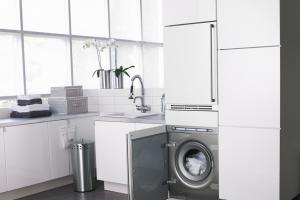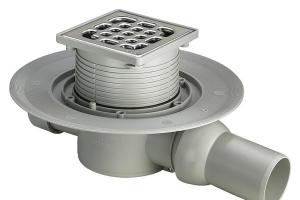Sealants. What for what and how to apply
In the process of repairing an apartment, the task always arises of how to evenly arrange the junction of two planes (for example, ceiling-wall, wall-wall, etc.), adjoining various structures to each other. Beautifully decorate the seams, mask small cracks, prevent possible leaks in the joints. To solve these issues, sealants of various types are used.
In hardware stores you will be offered a large variety of sealing materials. Let's try to figure out what they are, for what work they are used and how to work with them.
Varieties of building sealants
Immediately, we note that according to their structure, sealants are divided into two groups:
- one-component– are applied without additional preparatory actions;
- two-component- consist of two parts, the main and activating. Sold in separate packages, mixed before use in the required proportion.
Now let's move on to the types of sealants. There are several types of them:
- acrylic;
- polyurethane;
- thiokol;
- bituminous;
- silicone.
Let's get to know each of them better.
Acrylic
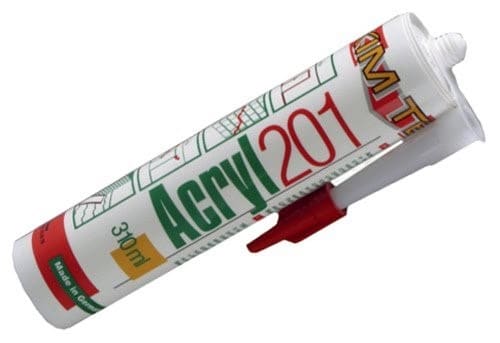
Sealant based on acrylate polymers. One of the cheapest, has good adhesion to porous materials. Despite the high degree of elasticity, it does not tolerate deformation well - peeling is not excluded. The most moisture-resistant types of acrylic sealants are not recommended for use with constant moisture. Over time, under such conditions, partial peeling will occur.
A considerable plus is that acrylic materials are well processed and painted. Using them, you can eliminate small cracks, damage on wooden furniture, doors, window frames.
It is used mainly for interior work - sealing wooden, concrete, brick structures.
Polyurethane
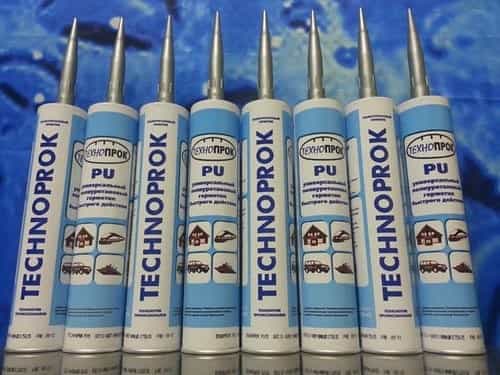
Sealants based on polyurethane have high performance in almost all characteristics. High moisture resistance, elasticity, reaching 1000% - this is not all. Withstands temperature changes without changing properties, resistant to mechanical stress.
Due to the high degree of stickiness, it is well retained on almost any material - concrete, wood, metal, ceramics. Rapid restoration of damaged layers of other materials is possible. Works well with any paint.
It is applied both to external, and to internal works.
Thiokolovye
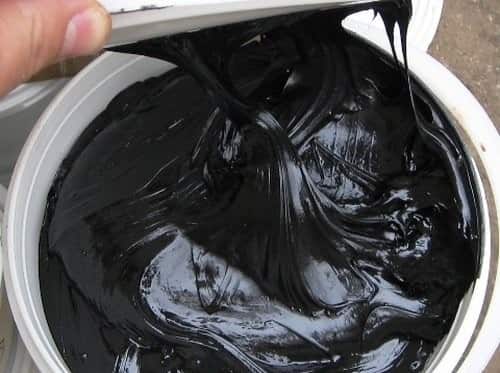
The most resistant to various chemically aggressive environments (acids, alkalis, gasoline, oils, solvents, etc.). It is made on the basis of thiocol-containing polymers. Outwardly resembles rubber, has a very low coefficient of moisture permeability.
Produced as a three-component - base + curing additives + vulcanization accelerator. By mixing the components in certain proportions, we get a paste with a high degree of elasticity. It must be completed within two hours. This is the only drawback of thiokol.
Rarely used in interior renovation of apartments. Due to their properties - minimal moisture permeability, a high degree of adhesion with metals, they are most often used for sealing joints in concrete structures, repairing metal roofs. It is recommended to apply in places where chemically aggressive substances are present.
bituminous
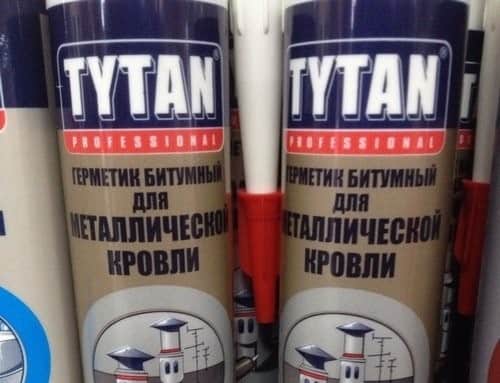
They are an elastic paste-like substance based on bitumen + modern modifiers and fillers. It is absolutely not afraid of moisture, it has such high adhesion with many substances that it does not require careful preparation of the treated surface.
It is used for sealing roofs, for fixing insulation (polystyrene, polyurethane, etc.) to load-bearing surfaces. When repairing apartments, it is used for waterproofing rooms with high humidity (toilet, bathroom). Read more about bathroom waterproofing.

